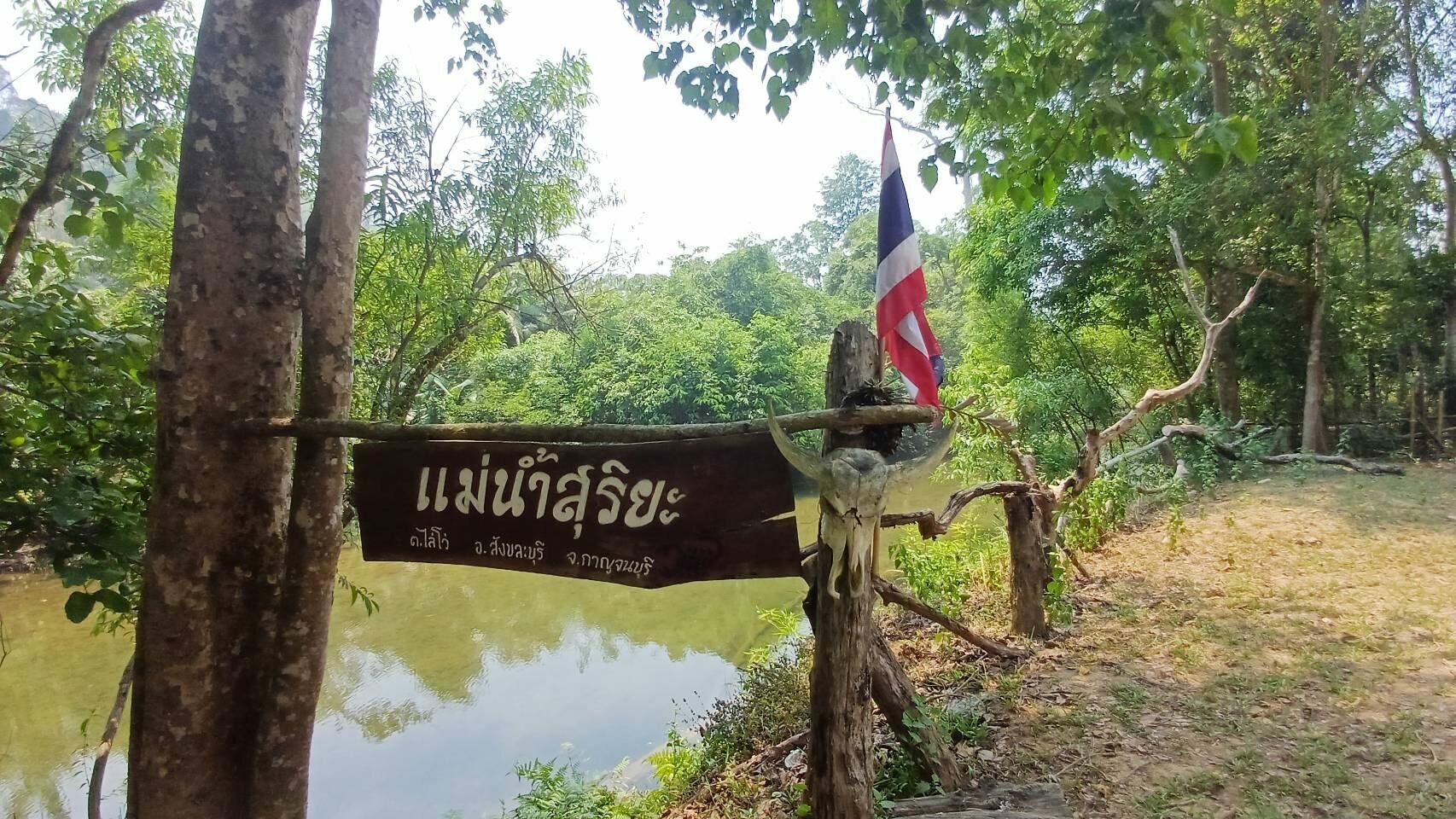Umphang-Sangkhla Buri route to boost tourism and border security

Tak Province recently inaugurated a new route connecting Umphang and Sangkhla Buri, serving as a scenic corridor for tourism and bolstering security along the Thai-Myanmar border.
The opening of this pathway is a strategic move to enhance travel and stimulate economic growth between Tak and Kanchanaburi provinces through the beauty of nature.
District Chief Manoch Pohtinium of Umphang, in collaboration with the Umphang Tourism Association led by Phumirawich Chotithanawatchai, visited the community of Letaungku in Mae Chan to engage with locals and assess the potential benefits of the new thoroughfare. This initiative is part of a broader effort to understand and support the needs and aspirations of the region’s inhabitants.
Phumirawich revealed that preliminary surveys estimate the distance from Sangkhla Buri to Ban Jaka to be about 90 kilometres, with an additional 27 kilometres to Suriya River and a further 10 kilometres to the Sukhasala community in Letaungku. The completion of this route will provide year-round access and significantly improve transportation between the districts of Sangkhla Buri in Kanchanaburi and Umphang in Tak.
The new route is expected to offer numerous advantages, including facilitating quicker and more efficient travel between the two districts. It will improve access to healthcare and education for hill tribe communities and promote tourism, enhancing the border security between Thailand and Myanmar.
The connectivity will also enable a deeper understanding of local lifestyles and provide timely disaster relief assistance when natural calamities strike.
Suriya River, a popular tourist destination in Kanchanaburi, lies adjacent to Letaungku. With improved infrastructure, the route promises to ease the journey for residents travelling between Ban Jaka in Sangkhla Buri and Letaungku in Umphang.
This development is a harbinger of progress for Umphang, which will no longer be a cul-de-sac but a gateway to Sangkhla Buri, reported KhaoSod.
In the future, this budding infrastructure is poised to transform Umphang, offering new opportunities and accessibility that could reshape the region’s socio-economic landscape. The strategic positioning of this route not only caters to the present needs but also lays the groundwork for long-term growth and stability in the area.
Latest Thailand News
Follow The Thaiger on Google News:


























